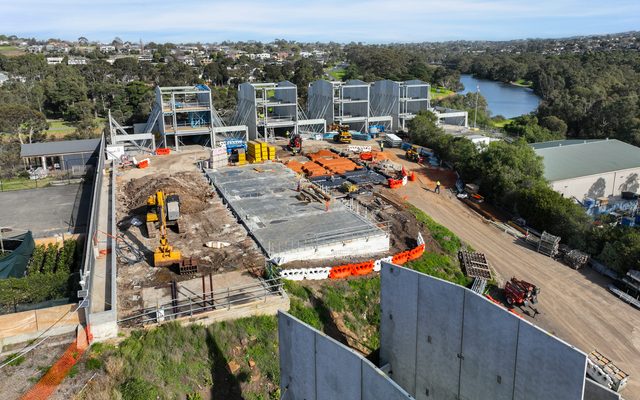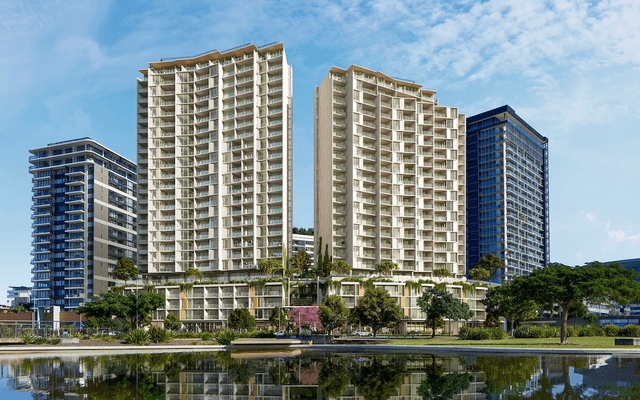This article is from the Australian Property Journal archive
THE property development industry has rejected the Federal Government’s declaration that suburban expansion is not environmentally sustainable.
The development peak body, the Urban Taskforce CEO Aaron Gadiel said the Federal Government’s bold claim in the Our Cities discussion paper is not backed up by any evidence.
The discussion paper said “The patterns of urban development that characterised Australian cities for the latter half of the twentieth century – of expanding low density ‘greenfield’ suburbs of detached houses accessed mostly by car – are no longer considered environmentally sustainable …”
Gadiel said ecologically sustainable development is an important principle.
“All levels of government have been committed to ecologically sustainable development since 1992, but, until now, no-one had ever suggested that this should end the idea of a house with its own backyard.
“That’s why urban development doesn’t occur where it would have an unacceptable impact on biodiversity – in fact in generally takes place on cleared land previously used for low value agriculture or obsolete industry, such as quarrying,” he added.
However he said labelling new suburban development as ‘unsustainable’ is entirely unwarranted.
Gadiel said the paper wrongly portrayed urban growth as requiring a trade-off between new development in the existing urban footprint and outward suburban expansion.
“Home buyers should be in charge of their own destiny and decide for themselves what kind of lifestyle they want. Some will seek out pedestrian friendly apartment living close to public transport in the inner suburbs of our major cities.
“There is a serious undersupply of this kind of compact home. But many home buyers will still insist on a house with its own backyard in a suburban community.
“It’s the job of governments to allow more of both kinds of housing, not to try and re-direct people away from the housing type of their choice,” he continued.
Meanwhile Gadiel did agree with parts of the report, which highlighted governance problems resulting from a multiplicity of councils covering the capital cities.
“Sydney has 43 separate councils, Melbourne 31, Brisbane 5, Perth 30 and Adelaide 19 – that’s too many councils,” he said.
The report said that for “cities that have many small councils there may be merit in a national and community discussion involving all levels of government on reforming Local Government through the creation of larger entities that can plan, finance and coordinate over larger population areas, and achieve greater economies of scale in service delivery and asset management.”
Gadiel said this was a sensible move.
“Bigger councils would deliver better decision-making that considers the regional benefits of larger scale urban development projects – often overlooked by small parochial councils,” he said.
He also welcomed more action from the state governments to ensure strategic plans were implemented.
Gadiel said that many city strategic plans simply gathered dust because of bureaucratic and political inertia.
“More decisive action by state government in the implementation of their own plans would make a real difference,” he concluded.
To download the full report, click on the URL below.
http://www.infrastructure.gov.au/infrastructure/mcu/files/OurCities-Discussion_Paper-Complete.pdf
Australian Property Journal



